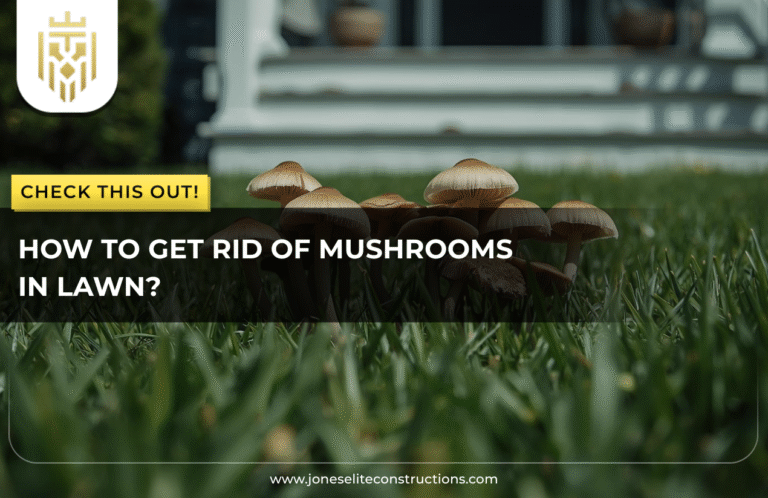What is Tile Flooring?
Tile flooring is a type of flooring constructed of discrete tiles (usually ceramic tile, porcelain tile or stone), arranged in a design and bonded together using grout. Knowledge of what is tile flooring assists in making a permanent, waterproof, and perfect appearance selection of flooring for both houses and offices.
How to Install Tile Floor?

To install a tile, process the necessary tools, the subfloor, and design. Mix and incorporate the mortar and lay tile floor, as well as cut the tile, allow drying of the mortar after which an additional application of grout and seal can be done to make it permanent.
Gather Tools and Material
To have a smooth start in your floor tile installation most of the necessary tools such as tiles, adhesive, grout, spacers as well as trowel apart from safety gear are required. This is essential in any tile laying exercise and you should ensure that you have a long lived and well crafted tile floor.
Prepare the Subfloor
Installation of tile flooring project begins with a smooth subfloor. Check the dips or uneven parts using a straight edge. These areas are marked and levelled and seams are filled with caulk. It is well prepared and then your floor tile will lie flat and there will be no cracks.
Plan the Tile Layout
Proper planning is always the start of successfully tiling the floors. Locate the centre of the room, use snapping chalk lines to assist in positioning and lay out the tiles by dry-laying. This is vital in symmetrical layout and prevents embarrassing cuts in the end to have a professional finish of tile floors.
Mix and Apply Thin-Set Mortar
To achieve effective tile installation, thin-set mortar should be blended into peanut butter-like consistency. Spread it into a notched trowel into the subfloor. Apply pressure to each ceramic tile and make sure that the ceramic tile is in place. This is necessary in ensuring that floor tile lasts long.
Start Laying the Tiles
Place down the tiles by dry fitting them to see your tile floor design. Put adhesive on the notched trowel piece by piece. Plaster each tile in place, lodge in a bit and put in spacers. This is a sure way of doing a spotless and accurate floor tile installation.
Cut Tiles as Needed
When working on tile floors, it is frequently saved to be required to cut the tiles in order to get around the corners or fittings. Wet saw is ideal in making controlled cuts particularly with ceramic tile. In smaller cuts, apply tile nippers or angle grinder, which are good ways to make a perfect fit.
Allow Mortar to Dry
The process of allowing the mortar to dry is part of how to install tile flooring. Allow the tiles to dry at least 24 hours before walking on them and, subsequently, apply grout. This process of curing guarantees steadiness of the tile installation maintained in time, with full curing of the mortar taking up to 28 days.
Apply Grout
Installation of floor tiles is topped off with grouting. Prepare the grout according to the instructions, then press it into joints with a float at a 45-degree angle. Clean off the excessive grout and mop tiles using a wet sponge. This process closes avenues, makes the tile floor stronger and gives it a beautiful look.
Clean and Seal
Thoroughly clean tiles and the sub floor as a requisite part of how to install tile floor. Use a protective seal to increase durability and stains resistance. This tool is applied as a final layer that will make your tile floor look nice and durable with little maintenance.
Benefits of Installing Tile Flooring

Tile floors are sturdy, waterproof, and heatproof, as well as easy to clean. It comes in such materials as ceramic tile, and offers endless styles as well as sustainable choices, which is why floor tile installation can perfectly suit a house or a heavy foot traffic.
Durable
One of the benefits of the ceramic tile flooring is that it is long lasting. Tile flooring is also durable; it is resistant to stains and moisture as well as scratches, hence, suitable to high-traffic areas. Through good care and quality tiles installation, the floors may last decades.
Water & Heat Resistance
The tile flooring without the special level of resistance to water and heat is nothing! Such characteristics make the use of tiles suitable in kitchens, bathrooms, and heated floors. Its durability to moisture and hot temperatures enhances its functionality besides its aesthetic value.
Easy to Maintenance
Maintenance is one of the reasons why people love tile floors. Its ability to resist both moisture and stains and its resistance to stains paired with simple cleaning routines make its floor tile keep and remain spotless. A tile-floor is great and lovely as long as you take good care of it.
Variety of Styles
Tile is one of the floorings that have no limitations in terms of designs. It comes in materials such as ceramic tile, porcelain, and stone, which makes it fit different interiors. In addition to the style, tile floor has certain advantages which include durability, low maintenance which makes it a highly preferred flooring choice in homes, as well as commercial buildings.
Eco-Friendly Options
Innovative tile flooring offers nature friendly options that are produced by using materials that have minimal impact on the environment. Other than durability and style, they are associated with preferable indoor air and energy efficiency. When you pick flooring tile that is sustainably made, you will be not only making your space better but also the planet.
FAQs
1) What is Tile Flooring?
Tile flooring is a type of flooring constructed of discrete tiles (usually ceramic tile, porcelain tile or stone), arranged in a design and bonded together using grout. Knowledge of what is tile flooring assists in making a permanent, waterproof, and perfect appearance selection of flooring for both houses and offices.
2) How to Install Tile Floor?
To install a tile, process the necessary tools, the subfloor, and design. Mix and incorporate the mortar and lay tile floor, as well as cut the tile, allow drying of the mortar after which an additional application of grout and seal can be done to make it permanent.
3) What are the Benefits of Installing Tile Flooring?
Tile floors are sturdy, waterproof, and heatproof, as well as easy to clean. It comes in such materials as ceramic tile, and offers endless styles as well as sustainable choices, which is why floor tile installation can perfectly suit a house or a heavy foot traffic.
4) How long does it take to install Tile Flooring?
The lay time on standard tile floor involves 2 or 3 days which includes doing the underlay, installation of tiles, curing of the mortar and finally grouting. Bigger surfaces or complex designs can go on 4 or 5 days.









